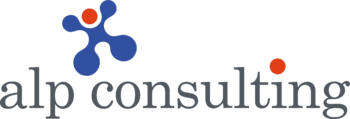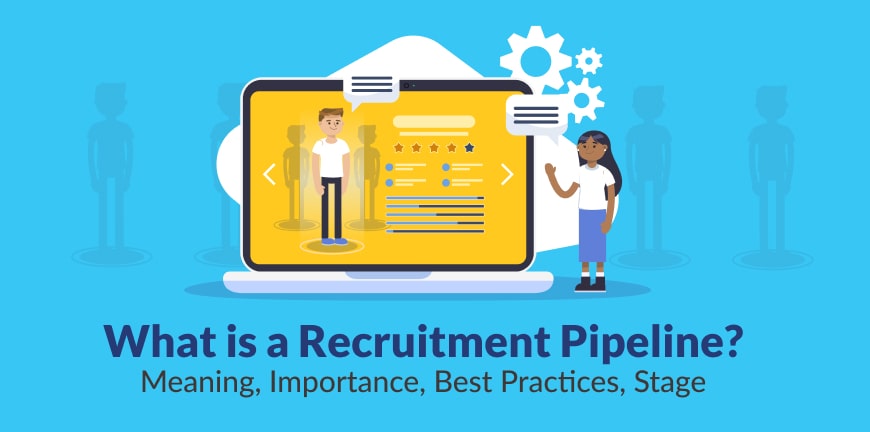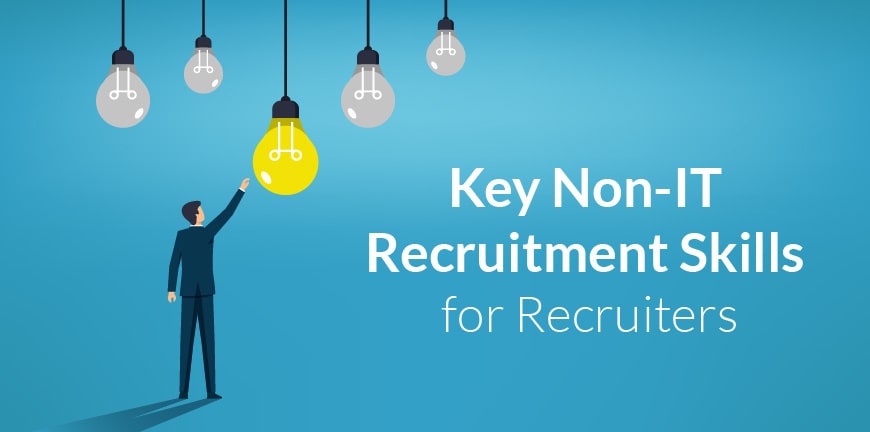
From Textbooks to Tech Desks: Creating a Japanese Language Talent Pipeline for IT & Engineering
12/06/2025
Sources of Recruitment: Types, Advantages, Importance, Methods
13/06/2025- Introduction
- Why is the Recruitment Pipeline important?
- What are the Profits of a Recruitment Pipeline?
- What are the Stages involved in a Recruitment Pipeline?
- What Is a Recruiting Pipeline Strategy?
- What are the metrics and Analytics for Pipeline Management?
- What are the best Recruiting pipeline practices?
- Are You Looking to Partner with a Recruitment Agency?
- Frequently Asked Questions (FAQs)
Introduction
A well-designed hiring pipeline is like a powerful engine that propels the recruitment process from beginning to end. Talent acquisition is essentially a well-managed and calculated journey that commences by drawing suitable candidates and finishes with onboarding top-quality talent who can truly match the company culture.
The process is a blend of data-powered insights, automation, and human foresight that sifts through the unnecessary aspects, highlighting promising candidates. Every phase is an opportunity to connect to skilled individuals meaningfully, creating a talent brand that reflects quality and resilience.
Why is the Recruitment Pipeline important?
A recruitment pipeline’s meaning is well defined when its significance is properly understood. The approach is important as it creates a bank of highly skilled professionals who can be accessed as and when the need arises. The procedure streamlines the hiring methods as it is fast and agile.
It also improves plans as it enables one to identify the requirements ahead of time, so that organizations can prepare and fill roles accordingly.
What are the Profits of a Recruitment Pipeline?
There are numerous advantages of pipelines in recruitment that help in business growth. Let us investigate some of the important benefits:
1. Diminished Time to Fill Positions
A hiring pipeline offers a fully prepared bank of talent, helping organizations eliminate the need to spend time looking for candidates from scratch. They can have easy access to quality professionals.
The process is expedited as employers can instantly engage with candidates of their choice. It is a swift procedure, avoiding the time spent on looking for candidates and then filtering them down to the talent pool.
2. Elevated Candidate Quality
Recruiting a candidate pipeline helps employers and recruiters identify best-in-class and best-suited candidates that cater to an organization’s goal and culture. Organizations do not have to rush with the process to fill roles in a hurry with any available option. The approach is well thought out, culminating in the recruitment of good-quality professionals. Companies can also foster relationships with professionals through networking, attracting passive candidates as well.
3. Cost-Efficient Process
An effective recruitment pipeline negates the need for organizations to post expensive job ads. They can also save money by utilizing less costly channels or agencies to help them with recruitment, as they already have a set pool of qualified individuals.
If there are urgent hiring requirements, a pipeline can help companies by not making them invest extra time and money in going out of their way and searching for talent.
4. Accelerated Team Planning
A robust recruitment pipeline metrics enables organizations to analyze future recruitment needs and accordingly plan for them. Organizations can systematically cater to recruitment initiatives, aligning with business goals, creating a strong talent pipeline that ensures the ready availability of skilled professionals when required.
This eliminates the risks related to unprecedented vacancies, project slags, or a loaded workforce. The right talent in place at the right situation makes way for smoother operations.
5. Improved Employer Image
Building relationships with potential employees is a great way for an organization can enhance its brand image. They can engage with candidates by sharing their company culture, values, and testimonials.
A positive brand can attract good quality candidates as they are more invested when they get to know and understand how a company functions, feeling connected and desiring to be a part of it.
6. Diversity and Inclusion
A well-prepared recruitment pipeline can lead to an influx of employees from a variety of places into an organization, making the work environment vibrant with an inclusive culture where individuals from different backgrounds and experiences contribute and prosper equally.
The approach brings to the table fresh perspectives and innovation, driving businesses to meet goals faster and better.
7. Adaptable and Flexible Approach
A properly maintained talent pipeline can result in adaptive and flexible recruitment strategies. Organizations can have a more focused and effective approach by crafting their sourcing and hiring processes to adjust to the specific requirements of each position.
Furthermore, with the evolving job market that is powered mostly by factors like new technologies, changing candidate desires, and industry upgrades, companies can stay upbeat by continuously fine-tuning their recruitment methods.
What are the Stages involved in a Recruitment Pipeline?
There are essentially 5 important phases of a recruitment pipeline strategy. Let’s have a look:
1. Sourcing Candidates
The first stage is searching for potential skilled individuals by using several channels, like job sites, social media platforms, websites, etc. The most eligible candidates are shortlisted and approached for vacant roles.
2. Reviewing Stage
Post shortlisting of suitable candidates, the applications are screened thoroughly, identifying individuals who are best suited for the job needs. There is an initial assessment conducted via phone or online to filter candidates.
3. Interviewing Stage
This stage involves the assessment of the candidate’s profile to see if they are appropriate for a certain job position. There can be many phases of interviews conducted with leadership, HR managers, and executives, depending on the role level.
4. Negotiation Stage
After the selection process, candidates are provided with an offer, involving a series of discussions and bargaining between recruiters and candidates. This is when they sign agreements and comply with terms and conditions.
5. Onboarding Stage
The final step is when candidates are hired, and recruiters present them to the organisation, where they get familiar with the work setup and are informed about the company policies, culture, their work responsibilities, and objectives.
What Is a Recruiting Pipeline Strategy?
A recruitment pipeline strategy is the method of searching, filtering, and selecting capable professionals to formulate a talent pipeline. Individuals are groomed and supported to fit into job roles before an urgent requirement occurs. The procedure is a well-designed, systemised initiative where candidates are diligently chosen by a comprehensive screening process.
It also involves cultivating relationships and networking, where candidates present their talent to recruiters, enabling them to figure out their potential. Recruiters maintain continuous engagement, keeping them informed and updated about organizations and their functions.
What are the metrics and Analytics for Pipeline Management?
Metrics and analytics for managing recruiting pipeline enable tracking the quality, impact, and proficiency of the hiring process. Here are the key ones:
1. Time-Based Metrics
Here is the number of days taken to fill a position from job posting to offering and acceptance is tracked. Another aspect is the speed at which candidates progress through each stage of the talent acquisition process.
2. Conversion Metrics
The conversion metrics entail the application-to-interview ratio, indicating the number of applicants who are well qualified to reach the interview stage. Then comes the interview–to-offer ratio, highlighting the number of interviews taken to make an offer. And offer acceptance rate, suggesting the percentage of offers accepted by applicants.
3. Quality Metrics
The quality of hire is analysed based on the rate at which a candidate is performing and retention rates. There is a parameter called the candidate Net Promoter Score that measures how satisfied a candidate is and the chances of recommending the process to others.
4. Source Metrics
These metrics recognise different channels that draw the maximum successful candidates. Then there is the cost per source metric that helps comprehend ROI on different sourcing channels.
5. Funnel Metrics
These are KPI’s tracking candidates’ exit strategy that help spot the point of differences within an organization. Then there are stage-to-stage conversion rates overseeing the movement from one phase to the next.
What are the best Recruiting pipeline practices?
Managing recruitment pipeline requires best-in-class practices. Here are a few practices that can be adopted:
1. Employer Branding
To build a robust and long-sustaining recruitment pipeline, thrust must be given to creating a sturdy brand image. This can be done with the help of various social media channels. A good employer brand can be attractive to potential skilled professionals who would like to join and stay long-term.
2. Engage Passive Jobseekers
Engaging with passive candidates can be beneficial for companies. These are people who are not looking for jobs, per se, but can be interested if a good opportunity turns up. Organizations can communicate with them through various channels, social media, online, and connect and talk about their organization structure, employees, culture, etc. A bond creation can lead them to be keen on getting added to your pipeline.
3. Market Knowhow
Talent acquisition is rapidly evolving, and a seasoned recruiter will be well-versed in the changing market scenarios. They must have extensive knowledge about new market trends, innovation, and technology, which might help organizations to realize the relevant people required for jobs as per demand.
4. Utilize Technology
Recruiters must make use of the latest technologies like AI and automation to build a solid pipeline. Various tools can be leveraged in terms of tracking applications and managing candidates and fostering smooth communication.
Are You Looking to Partner with a Recruitment Agency?
A recruitment partner can assist you in creating and strengthening an impactful recruitment pipeline that will boost your company’s growth and drive you to the pinnacle of success. A trusted recruitment partner like Alp Consulting will empower you to build talent banks with its extensive know-how and industry experience.
Frequently Asked Questions (FAQs)
1. What is a recruiting pipeline service?
Services that help businesses acquire top talent from a versatile talent pool and support them throughout the recruitment process are recruiting pipeline services.
2. How does automation improve the recruiting pipeline?
An automated recruitment procedure can expedite tasks and streamline allowing businesses to focus on core activities.
3. What are the main stages of a recruiting pipeline?
The main stages of the recruiting pipeline include searching, filtering, interviewing, offering, and onboarding of candidates.
4. How does a recruiting pipeline improve hiring efficiency?
Hiring efficiency increases multi-fold with a recruitment pipeline as it enhances productivity by speeding processes, saving time, saving money, and accelerating candidate experience.
5. What are the best practices for optimizing a recruiting pipeline?
Optimization of the recruitment pipeline can be effective with a robust tracking system, systematic sourcing, positive engagement, etc.
6. Can a recruiting pipeline reduce time-to-hire?
Time to hire can be significantly reduced by a recruiting pipeline, as candidates are pre-evaluated and recruiters can immediately connect and engage with them, making the process faster and saving time.
Contact Us For Business Enquiry

Amit Saproo
Amit Saproo is the Head of Operations at ALP Consulting with nearly 17 years of experience in Executive Search, RPO, Leadership, and IT & Engineering recruitment. He leads nationwide recruitment programs across Technology, BFSI, and R&D domains, driving strategic hiring solutions for diverse client needs. Amit excels in building and managing high-performance teams that deliver scalable, end-to-end recruitment and consulting services.




